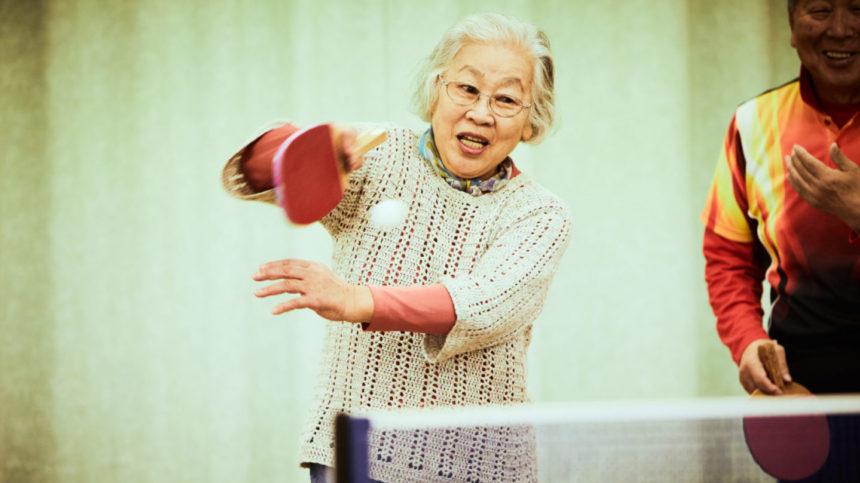
Federal health officials have published new guidance that provides clinicians with strategies for encouraging increased physical activity among senior patients.
The Department of Health and Human Services on Tuesday released Physical Activity Guidelines for Americans Midcourse Report: Implementation Strategies for Older Adults. The report highlights ideas to be used by clinicians, including gerontologists, and others who care for older adults, and suggests that strategies be implemented in three key interventional settings, including healthcare, the home and the community.
The report acknowledges the unique barriers to physical activity faced by seniors, including limited mobility, fear of injury, pain and chronic health conditions. The authors outline several evidence-based action plans that support behavioral change, including physical activity counseling; programming such as exercise classes; and policy approaches such as designing walkable neighborhoods.
Current federal activity recommendations for this age group remain unchanged. Seniors are encouraged to participate in 150 minutes of moderate-intensity aerobic activity each week, at least two days a week of muscle-strengthening activity, and mixed activities that improve or maintain balance, such as dancing or tai chi.
The report can be accessed on the Health.gov website.
Related articles:
‘Startling’ lack of physical activity found in assisted living pilot study
Stroke survivors have 54 percent lower mortality with a 30-minute daily walk
Moderately intense physical activity key to cutting dementia risk: study
Regular physical activity linked to fewer fractures in older women




